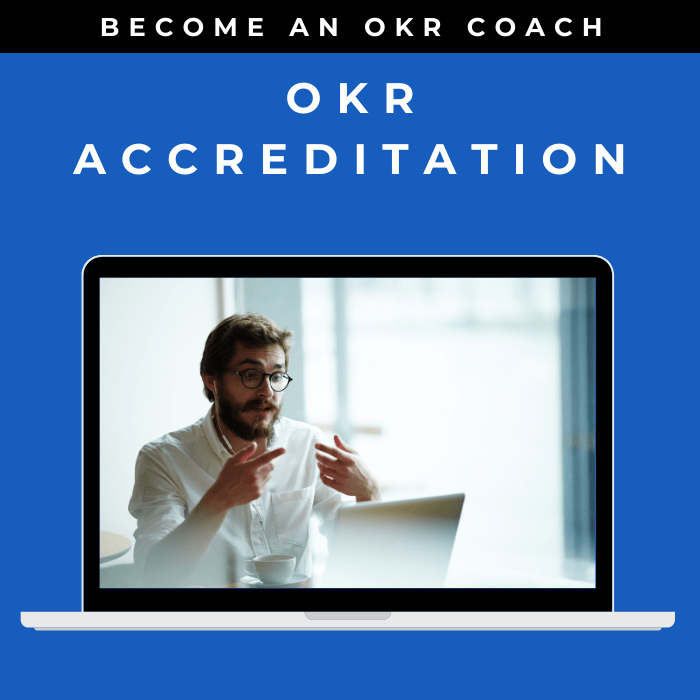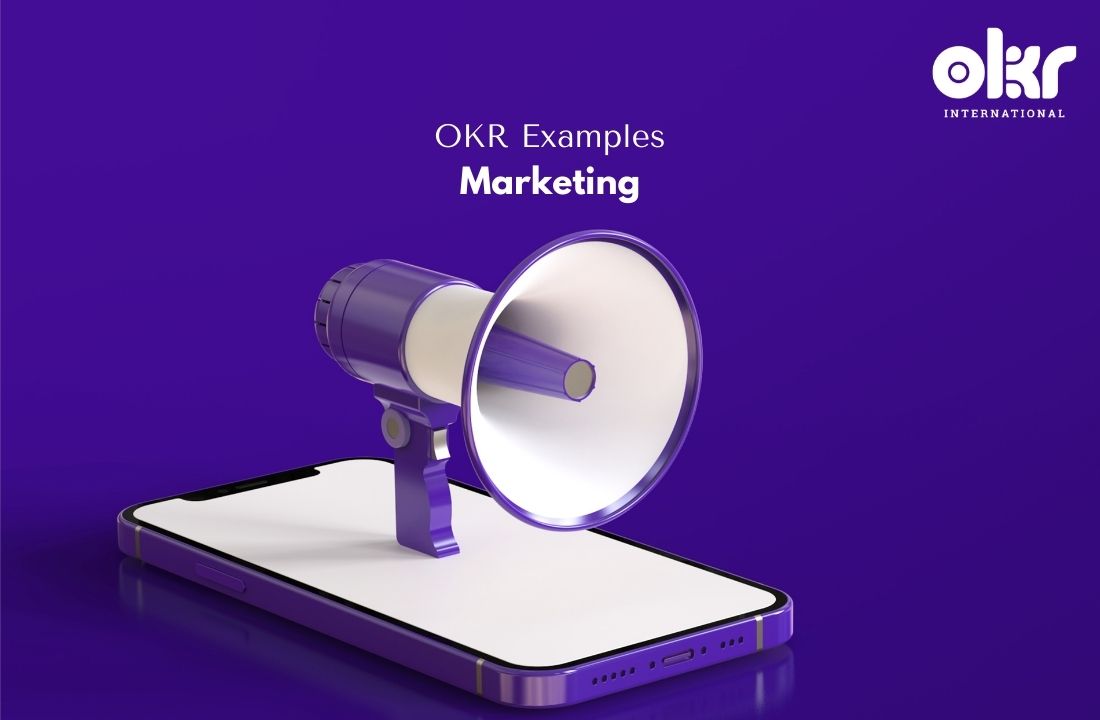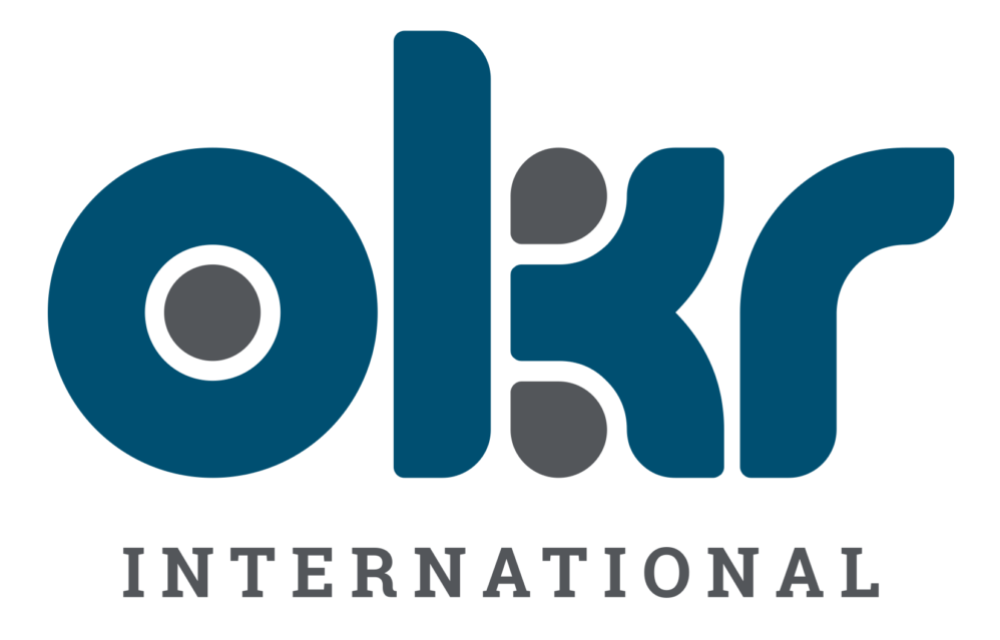10 Marvelous OKR Examples in Marketing
Marketing plays a crucial role in promoting products or services and driving business growth. Objectives and Key Results (OKRs) can be powerful tools for driving marketing performance and achieving strategic goals. Here, we present ten marvelous OKR examples in marketing, providing valuable insights for organizations aiming to excel in their marketing efforts and achieve success.
1. Increasing Brand Awareness
Objective: Enhance brand recognition and visibility.
Key Results:
- Increase website traffic by 20% through organic search and referral sources.
- Achieve a 30% growth in social media followers and engagement.
- Improve brand sentiment by 15% based on sentiment analysis metrics.
2. Generating Quality Leads
Objective: Attract and convert high-quality leads.
Key Results:
- Increase lead conversion rate by 20% through targeted lead nurturing campaigns.
- Achieve a 15% increase in qualified leads from organic search.
- Improve lead scoring accuracy by 30% by implementing advanced lead scoring models.
3. Enhancing Customer Acquisition
Objective: Increase the number of new customers.
Key Results:
- Achieve a 25% growth in new customer acquisitions compared to the previous quarter.
- Improve the conversion rate of website visitors to customers by 10%.
- Implement 1 referral programs and achieve a 20% increase in customer referrals.
4. Improving Customer Retention
Objective: Foster customer loyalty and reduce churn rate.
Key Results:
- Increase customer retention rate by 15% through personalized customer engagement initiatives.
- Achieve a 20% reduction in customer churn rate through targeted retention strategies.
- Implement 2 customer feedback mechanisms and achieve a specified increase in customer satisfaction scores.
5. Enhancing Digital Marketing Campaigns
Objective: Optimize digital marketing efforts for maximum impact.
Key Results:
- Increase click-through rates (CTR) of email campaigns by 20%.
- Improve website conversion rate to 15% by implementing conversion rate optimization (CRO) strategies.
- Achieve a 15% increase in return on ad spend (ROAS) for digital advertising campaigns.
6. Expanding Market Reach
Objective: Enter new markets or expand reach in existing markets.
Key Results:
- Launch products or services in 3 new markets within the next quarter.
- Achieve a 2% in market share within targeted segments.
- Expand distribution channels to reach 4 new retailers or partners.
7. Enhancing Content Marketing Strategy
Objective: Develop and distribute valuable content to attract and engage the target audience.
Key Results:
- Increase website engagement metrics, such as time spent on page and pages per session, by 2%.
- Achieve a 20% increase in organic search traffic through content optimization and search engine optimization (SEO) techniques.
- Increase the number of content downloads or subscriptions by 5%.
8. Improving Customer Experience
Objective: Enhance the overall customer journey and satisfaction.
Key Results:
- Implement customer journey mapping and achieve 15% improvement in key touchpoints.
- Increase the Net Promoter Score (NPS) by 15%.
- Reduce customer support response time to 5 business days and achieve a 20% increase in customer satisfaction ratings.
9. Leveraging Influencer Partnerships
Objective: Collaborate with influencers to amplify brand reach and engagement.
Key Results:
- Establish partnerships with 7 influencers within the target industry or niche.
- Achieve a 5% increase in social media mentions and engagements driven by influencer collaborations.
- Track and measure the impact of 7 influencer partnerships on website traffic and conversions.
10. Enhancing Marketing Analytics and Reporting
Objective: Utilize data-driven insights for informed decision-making.
Key Results:
- Implement 3 advanced marketing analytics tools and platforms for comprehensive data tracking and reporting.
- Increase the accuracy and frequency of marketing performance reporting by 15%.
- Establish key performance indicators (KPIs) and achieve a 20% increase in marketing ROI.
By adopting these OKR examples in marketing, organizations can drive brand awareness, generate quality leads, acquire and retain customers, optimize digital marketing efforts, expand market reach, enhance content marketing strategies, improve customer experience, leverage influencer partnerships, and leverage data-driven insights. These strategic objectives and key results serve as guiding principles for organizations seeking to excel in their marketing functions and drive long-term success.

When looking to set OKRs, it’s natural to want examples to ignite the thought process or simply compare yours to OKR Examples. Check out our compendium of OKR Examples here.
Explore Our Range of Services
Bring OKRs (Objectives and Key Results) to your organisation with our tried & tested OKR Framework.


OKR International’s highly acclaimed Certified OKR Practitioner Program is the first and only OKR accreditation endorsed by ICF & HRCI for continuing education units.
OKR International helps leaders create the alignment, engagement and result orientation needed for growth by offering OKR Advisory services.




